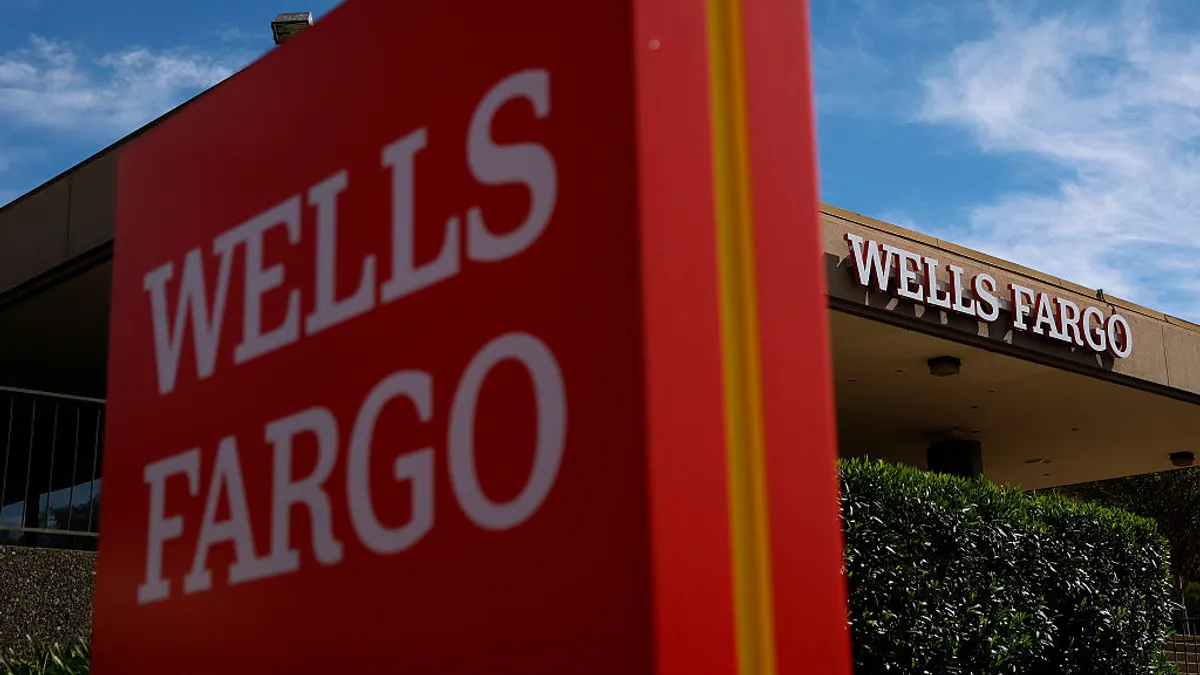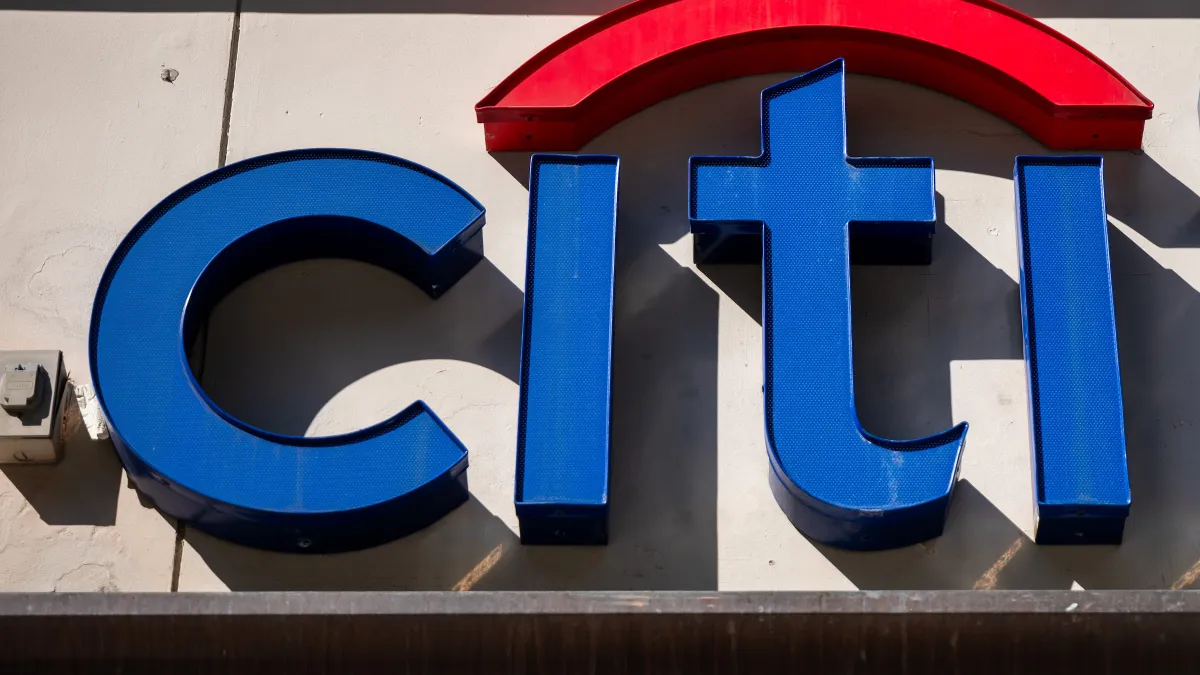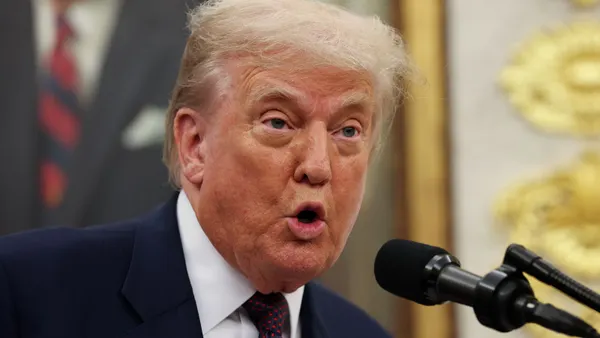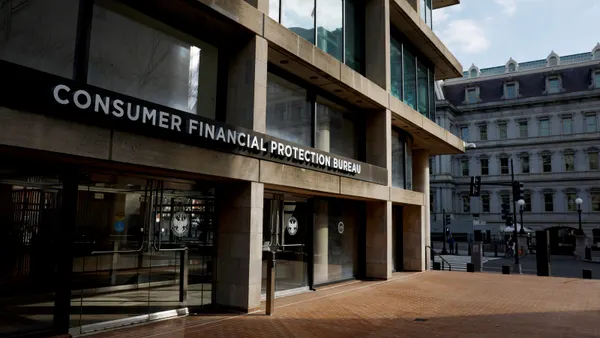The Federal Deposit Insurance Corp. on Monday said it supports a revamp to its deposit insurance program that would give business payment accounts higher coverage than other types of accounts.
The proposal is one of three options the agency highlighted in its overview of the deposit insurance program, and comes less than two months after federal regulators took extraordinary measures to backstop the deposits of failed Silicon Valley Bank and Signature in an effort to stem contagion in the banking sector.
“Business payment accounts pose greater financial stability concerns than other accounts given that the inability to access these accounts can result in broader economic effects,” FDIC Chair Martin Gruenberg said in a statement Monday.
Under the agency’s targeted coverage scenario, accounts used for payment purposes — specifically business payment accounts — would merit higher deposit insurance coverage.
Amid bank solvency concerns, depositors could move their deposits to an account with higher coverage within the same bank, the FDIC said. Allowing depositors to obtain more insurance by moving deposits across accounts within the same bank could help prevent future panic-driven bank runs, the regulator added.
Any changes to deposit insurance coverage levels would require congressional action, FDIC officials noted.
Monday’s report on deposit insurance reform also analyzed the option of maintaining limited coverage — possibly higher than the current $250,000 cap — as well as extending unlimited coverage to all depositors.
The agency endorsed targeted coverage as the most promising option, but didn’t specify a cap.
“[T]he FDIC believes targeted coverage best meets the objectives of deposit insurance of financial stability and depositor protection relative to its costs,” the regulator said.
The targeted option would be similar to the Transaction Account Guarantee program that was rolled out during the 2008 financial crisis to address distress at several large banks, the FDIC said.
The program, which temporarily guaranteed deposits in all non-interest-bearing transaction accounts, “served the needs of businesses, nonprofit organizations, government municipalities, and other entities that needed ongoing use of large deposit amounts,” the FDIC said.
“In serving these needs, the original TAG program increased financial stability overall and benefited the broader economy,” the regulator said.
The FDIC’s report comes the same day as the collapse of First Republic Bank, the second-largest bank failure in U.S. history.
The San Francisco-based bank, which experienced massive deposit outflows in the wake of SVB and Signature’s failures last month, was taken over by JPMorgan Chase in a sale orchestrated by the FDIC.
To expand or not to expand?
Recent bank runs that led to the massive withdrawals of uninsured deposits at the likes of SVB, Signature and First Republic have raised questions about the role of deposit insurance in the nation’s banking system.
While more than 99% of deposit accounts were under the $250,000 deposit insurance limit as of December, the growth in uninsured deposits has increased the risk of bank runs, Gruenberg said Monday
“At its peak in 2021, uninsured deposits accounted for nearly 47 percent of domestic deposits, higher than at any time since 1949,” he said. “Uninsured deposits are held in a small share of accounts but can be a large proportion of banks’ funding, particularly among the largest banks by asset size. Large concentrations of uninsured deposits increase the potential for bank runs and can threaten financial stability.”
Some lawmakers, including Sen. Chuck Schumer, D-NY, and Rep. Maxine Waters, D-CA, have advocated for an expansion to the FDIC’s deposit insurance program.
Other industry stakeholders have raised concerns of moral hazard, arguing that lifting the program’s limits could encourage banks to engage in risky behavior.
The FDIC has yet to announce how it plans to levy a special assessment on insured banks in the face of the $22.5 billion hit the Deposit Insurance Fund is taking from the backstop of SVB and Signature Bank deposits. First Republic’s failure is estimated to cost another $13 billion.
SVB and Signature’s failures, however, won’t have any impact on the FDIC’s timeline to return the fund to its statutory minimum reserve ratio of 1.35% by a 2028 deadline, the regulator said last month.













